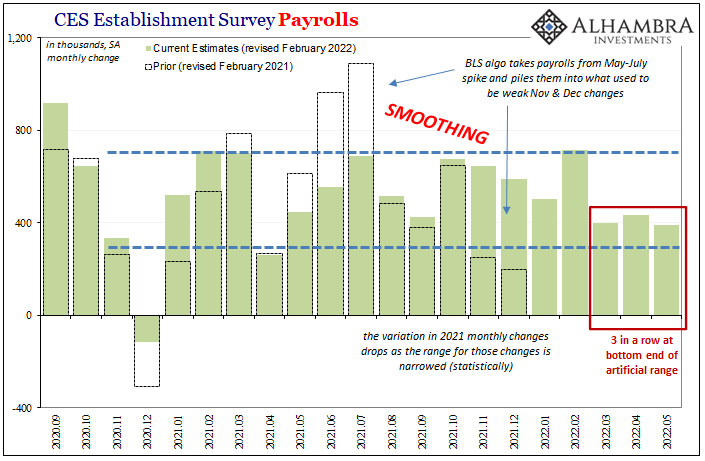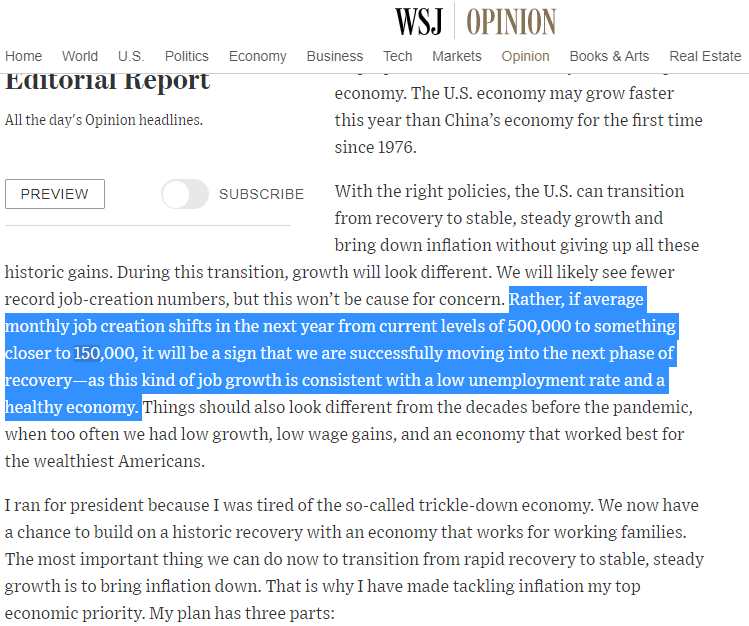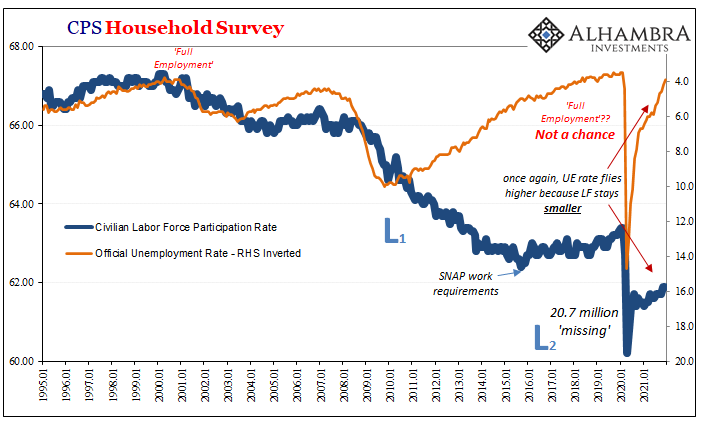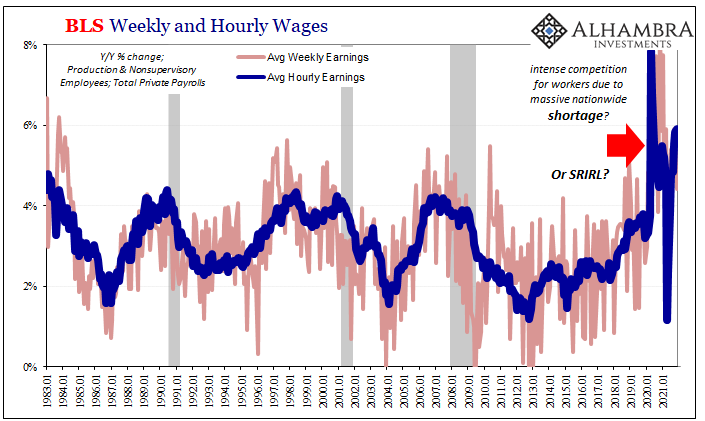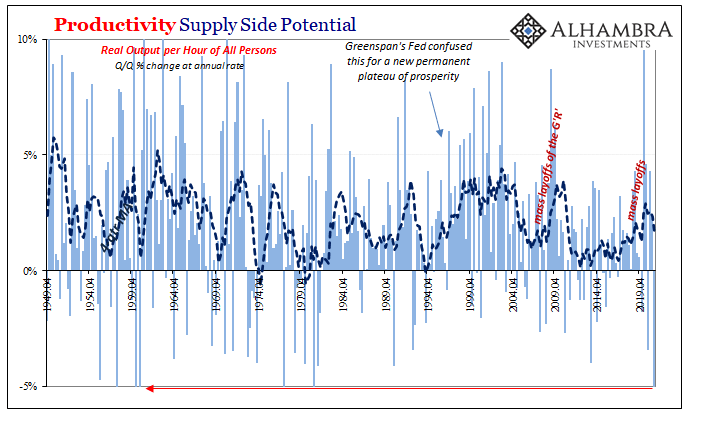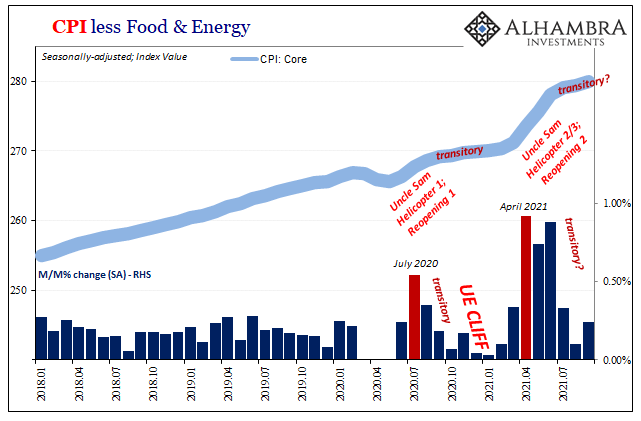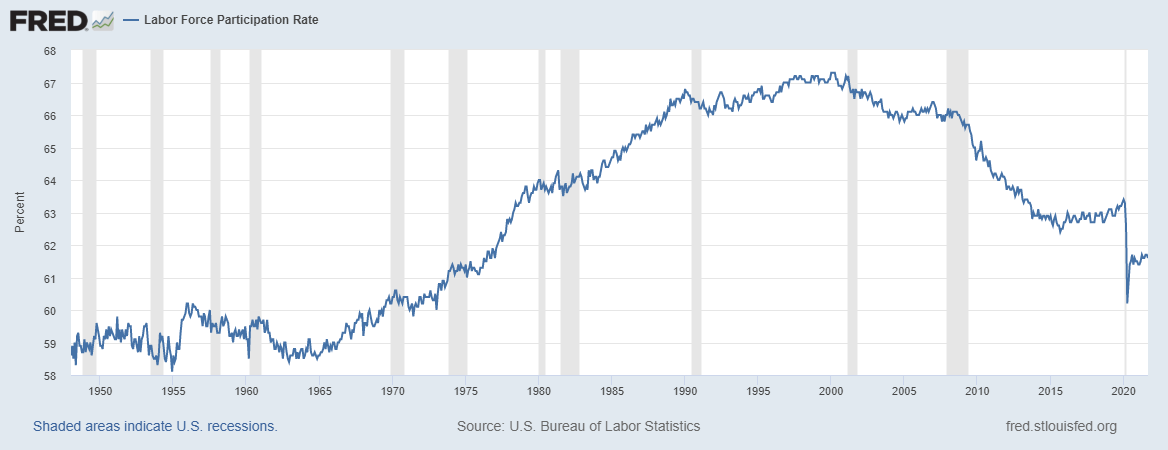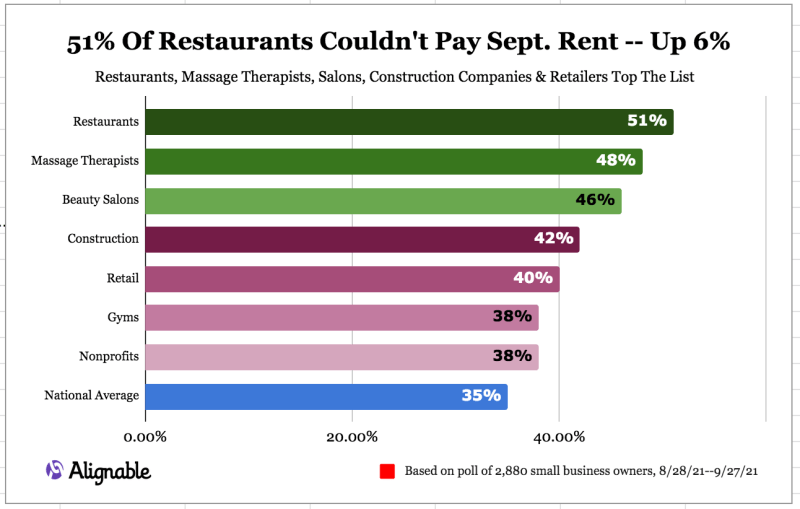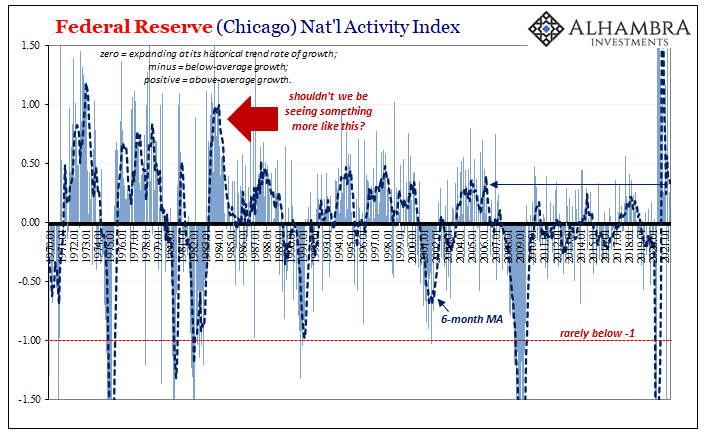Summary:
Gigs are part of the new lexicon for a long existing phenomenon.
It is largely but not solely a capital offensive to lower labor input costs.
There may be short-run advantages but long-term challenges from the growth of the gig or contingent workforce.
Starbucks insists that we call its medium serving “grande.” Facebook tells us that many who we know just casually are “friends.” People don’t have a couple of part-time jobs, where they don’t qualify for benefits or protections for job-related injury or vacation, they have gigs.
Our species has an uncanny ability to turn a necessity into a virtue. Labor law is replete with efforts by business to deprive people of protections and benefits that are required for employees but not independent contractors. Businesses are always looking to reduce input costs, especially now in this challenging economic environment; The technological advances increase the span of employers’ command, control, and communication. The weakness of organizations that seek to protect employees, including office workers, leaves this group of employees particularly vulnerable.
Our changing consumption patterns, including on-demand services, products, and collaborative platforms, can lend itself to a different relationship between the necessary human labor and the owners (or controllers) of the other factors of production, including capital, proprietary software, and distribution (clients). However, the magnitude of the change may not be as great as some of the utopians suggest. It does not end capitalism, as the British journalist Paul Mason argues (Post-Capitalism: A Guide to Our Future).
Capital is strong enough to further squeeze labor, but it is out of weakness that it feels compelled to do so. The “gig economy” is largely about increasing the size of the contingent workforce. Just as businesses shifted the burden of managing retirement savings from defined benefits to defined contributions, they are now exploring how far they can shift from long-term contracts to short-term contracts to secure labor inputs.
Far from being the end of capitalism, the shared economy and gigs reinforce and extend it. Consumers have capital equipment (automobiles) that can be put to use in the market economy (e.g. Uber). Hotels offer hospitality services. Airbnb, for example, facilitates households competing in this space. In fact, early studies suggest that online freelance marketplaces may be gaining workers that previously were in similar brick-and-mortar businesses.
The widely-cited 2016 McKinsey Global Institute report found that less than one third of those with “gig” embraced it as a lifestyle. McKinsey called these “free agents.” Just as many take gigs reluctantly or see no alternative. The study found 40% participate casually. This could include selling things on Ebay or Craigslist. It used to be doing your neighbors taxes, babysitting, and dog walking.
McKinsey’s offers a broad definition of these independent workers. It only excludes those workers that were formerly employees, but whose function has been outsourced to external company that now employs the worker (dubbed “fissured workers), self-employed people with many employees, and perma-temps on long-term or continuously renewed contracts, which are more common in Europe, Under its definition, there are 54-68 mln independent workers in the United States, out of nearly 160 mln civilian labor force.
It seems like nearly every generation has a segment that does not want to be broken to the factory or office life. In the 1950s, these was the beatniks. In the 1960s, the counter-culture told young people “tune in, turn on and drop out.” Getting a gig is hardly radical or transformative.
In a period where there is skills shortage after a large decline in the labor force participation rate, the flexibility of gigs may bring people back into the workforce, as independent workers. Don’t think of gigs as solely for the Millenials. In addition to young people, gigs are well suited for seniors, and stay-at-home caregivers. Some preliminary research finds the older generation cohorts participating in the “gig economy” as much as, the younger generation.
Sometimes to make ends meet, a parent might have “moonlighted,” which was an extra job on top of their day job. Now it is called having a gig. A single parent with a young child may work for a catalog order company a few hours a week from home. A person who lost their full-time employment in the past may drive a taxi while looking for a job. Now as an independent contractor, they are a driver for some companies that compete with the taxi service.
In September and October, there were 5.9 mln American workers withpart-time jobs for what the bean counters call “economic reasons,” which means they would prefer full-time positions. They were working part-time because their hours have been reduced or because they could not find full-time work. The difference between these people and those with gigs is a fine line and one that appears to be evolving. Lawsuits against some new companies in the gig economy, like Uber, will spur new rules that will stake out a clear definition of gigs and the rights and responsibilities of the labor provider and the owner or controller of the other factors.
The US Labor Department has yet to include so-called gig workers into the monthly employment survey. This is going to change. By the middle of next year, “gigs” will be included.
The growing use of independent workers could bring economic benefits. It can incorporate resources that were taken out of the market economy. This applies not only to durable consumer goods (cars, apartments, computers) but also to people themselves. It may boost labor force participation. It may provide new opportunities for the unemployed. As consumers, timely services can more easily be procured It may also improve efficiency, transparency, and productivity.
On the other hand, how the costs will be distributed is also important and cannot simply be reduced to an economic calculus. The asymmetries of power between the social class will generate an asymmetrical distribution of the costs.
The gig economy will likely be an important front in the struggle between businesses, workers, and government. Rather than being the cutting edge of a new period of enhanced freedom and decentralization, contingent workers will mostly be partly engaged. The issues may revolve around benefits and income security. There are social costs that are borne when companies purchase their labor inputs at prices that allow or may force employees to seek government (taxpayers) assistance.
In the short-run, the expanding use of contingent workers speaks to the flexibility of labor and institutional arrangements. This flexibility may enhance US economic resilience, and facilitate that divergence with other major economies which have more rigid institutions and stronger worker protections. UK Prime Minister May, for example, has hired Tony Blair’s former policy chief to ensure that “certain that employment regulation and practices are keeping pace with the changing world of work.” The review includes the growth of part-time work and the growing use self-employed staff.
In the long-run, the risk is he rise of the contingent workforce may contribute to the disparities of income and wealth that rot the system from within as surely and as quietly as termites in a house. The older social contract gave people property in their jobs. That social contract is broken, and the property rights one had in employment have been confiscated. In 1944, Hayek warned that the increasing role for government and planning was the sure “Road to Serfdom.” However, here at the start of the 21st century, it is not the State, but the capital offensive to lower labor costs, that are turning our brothers and sisters, and parents into serfs-contingent anytime anywhere workers with no benefits or modern protections from the ruthless and unforgiving market.
Full story here Are you the author? Previous post See more for Next postTags: Labor Market,newslettersent



















